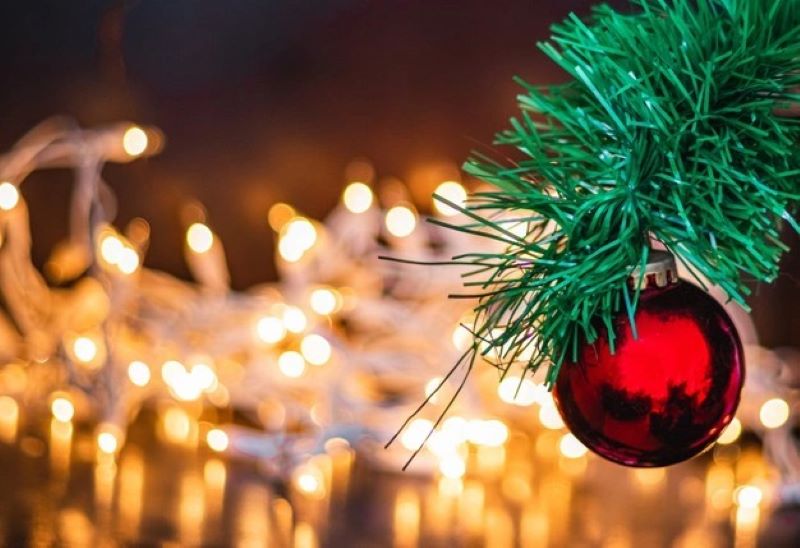Glass ornaments have been a staple of holiday decorating since the Victorian era. But there’s more to these colorful balls than meets the eye.
Here are some interesting facts about glass ornaments you may not know:
- Ornaments were originally made out of blown glass, which was made by blowing air into molten glass until it cooled and hardened. This process was used for thousands of years before it was replaced by machine-made glass in the mid-1800s.
- The first Christmas tree decorations appeared in Germany in 1605, when Martin Luther nailed a printed depiction of Jesus Christ to his family’s tree. As you might imagine, this wasn’t well received by everyone in Germany, who considered it an insult to their religion and culture. The tradition caught on anyway because it was easy to make affordable decorations for the holiday season.
- Although we often refer to them as “glass,” most glass ornaments are actually made from soda lime silica (SLS) or borosilicate glasses that are commonly used in commercial applications such as windows and light bulbs. These materials don’t contain enough iron oxide or other impurities that can cause color variations when they’re heated during the manufacturing process — which means they will always be transparent.
- The word ‘ornament’ comes from Latin and means ‘to decorate’ which is exactly what glass ornaments do! Records show that glass making dates back as far as 4500 BC in Egypt. Initially these early pieces were used for utilitarian purposes such as cups, vases and bottles but over time their decorative value became more important and by the late Roman period glass was being produced for decorative purposes only.
- In 1848 a German merchant named Albert Kayser started selling small paper labels with hand drawn pictures of stars on them at Christmas time. People liked these little decorations so much that Kayser decided to sell them by weight instead of individually so he could keep costs down (he also had trouble keeping up with demand).
- The first glass balls were created by Venetian craftsmen in the 14th century. They made them by hand by blowing air into molten glass to create bubbles. Then they cut off the top and bottom of each ball, creating a hollow sphere that allowed light to pass through it. The final product was smooth and uniform in shape. The process was so expensive that only wealthy people could afford it at first – but by 16th century, glass balls became affordable for all commoners as well.
- In 1588, King Philip II of Spain gave a gift of a giant glass orb filled with water to his wife Maria de Medici during her visit to Spain. She brought it back with her to France where she gave birth to their son Louis XIII – who later became king of France! The orb is now known as “The Sun King” and stands in the Louvre Museum in Paris today.
- The oldest surviving glass ornament comes from Egypt and dates back to 3000BC! It’s only about an inch tall, but it still exists today because it was found in an ancient Egyptian tomb that had not been disturbed until recently.



